Wedding photography is a combination of almost every type of photography out there, from outdoor and indoor photography, event photography, portrait photography, to even still-life photography. Because the wedding is one of the biggest events in a couple’s life together and once-in-a-lifetime moments, they need a photographer who can record and shoot every moment in the ceremony.
There are so many different styles of photography in a wedding event. For each style, a perfect lens is required. For example, you need to take group shots, portraits for the bride and groom, detailed close-ups of the ring and cake, first kisses, first dances, and everything in between.
When it comes to selecting the best lens for shooting weddings, it’s important to consider the factors surrounding the specific wedding you’re shooting. For example, is it a traditional wedding, or is there a theme? Is it a rather small wedding ceremony with few guests, or it is a big celebration?
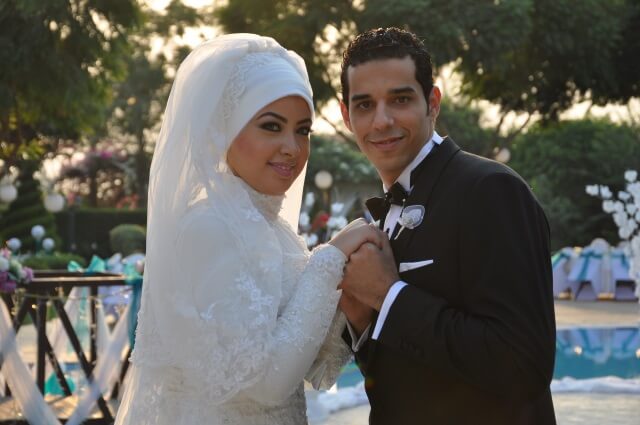
The suitable lens type
Before we start choosing lenses for weddings, it is important to know the types of lenses out there. A professional photographer will probably choose a lens from each of the following lens types: prime, zoom, and macro.
-
Prime Lens
Prime lenses are characterized by their speed and weight over other types of lenses because. With a fixed focus, the glass can render much sharper images. Speed and quality are what they’re about. Prime lenses are optimized to a specific focal length or purpose. This means that optical performance is generally much better and that the lenses can be made with larger apertures while still maintaining a fairly compact size. Another benefit is that a prime lens will have fewer moving parts, so there is less of an opportunity for problems to appear from general use. Generally, primes perform better than their zoom counterparts and are sharper, with fewer visible aberrations.

-
Zoom Lens
Zoom lenses are incredibly convenient. They cover a wide range of focal lengths in a single package, and you don’t have to waste time constantly swapping out lenses to create the composition you desire. The right zoom lens for shooting weddings enables you to play with different focal lengths, which helps you record the action without being a part of it—while also trying out perspectives you otherwise might not see.
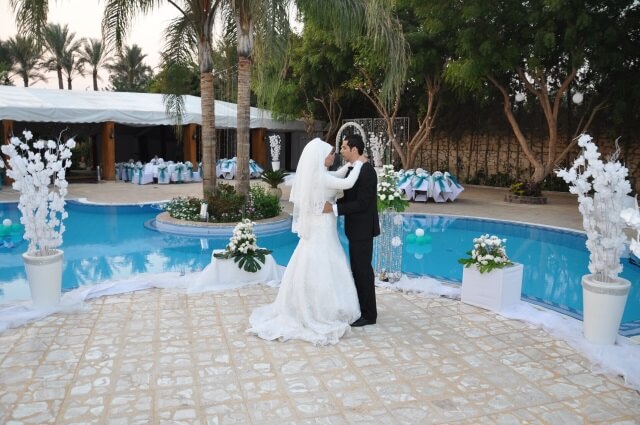
-
Micro Lens
Most professional wedding photographers have a macro lens with them during weddings. Why? The macro lens does what other types of lens can’t: detailed close shots. Macro lenses let you easily capture the wedding ring, decor details, chair covers, or beading on a dress.
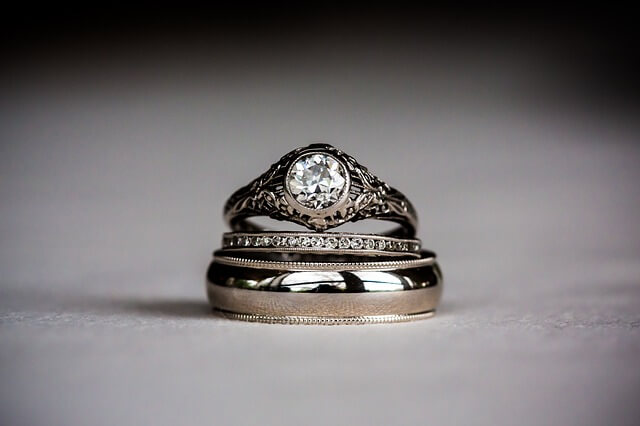
The suitable focal length
The focal length has a lot to do with the field of view and what you need the lens to do. Different focal lengths are better suited to certain subjects or styles; this is why you will constantly see lenses like the 85mm referred to as a portrait lens, or the 35mm as a “street” lens. Capturing cramped interiors will be the domain of the wide-angle lens, whereas distant wildlife or sports will obviously require the use of a telephoto lens.
There are also different attributes for different focal lengths. For example, the longer the lens is, the shallower the depth of field will be when they are compared at the same aperture setting. A 100mm lens at f/2.8 will have a much shallower depth of field than a 35mm at f/2.8
Also, telephoto lenses tend to flatten features and compress space, making the background elements appear much closer and larger than a wide-angle lens would. On the other hand, Wide angles will exaggerate perspective and will make subjects appear distorted, but they can capture a larger area
You got to keep in mind also that camera sensor size will affect the effective angle, for example, A 50mm lens mounted on a DSLR camera with an APS-C sensor (1.5x crop factor), will have an equivalent focal length of 75mm.
A larger aperture lens
Using a wide aperture can give you great benefits such as:
- It allows you to isolate a subject when you focus on your subject (person’s face) the background will blur. As a result, your subject will look very clear to the viewer.
- A large aperture is useful in low-light situations. Lenses that have f/2.8 and under are called “fast” lenses. This is because when you can drop down to f/2.8, f/2, f/1.4, or even f/1.2, your shutter speed can remain high enough to ensure sharpness and clarity.
- You can easily create a lovely bokeh behind your subject (points of light that become pretty ovals when out of focus).
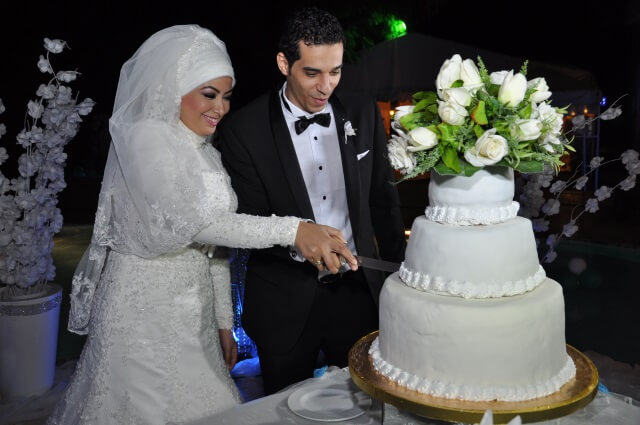
Best Canon lenses for wedding photography
Canon EF 50mm f/1.2L USM
For the full review, you may click here
The Canon EF 50mm f/1.2L USM is a normal-length L-series prime also sporting a robust physical design and advanced optical layout. The impressively fast f/1.2 maximum aperture affords a great degree of control over depth of field for isolating subjects and producing desirable selective focus effects. Complementing these qualities is a sophisticated optical composition, which includes one aspherical element to suppress spherical aberrations in order to achieve notable sharpness and clarity. A Super Spectra coating has also been applied to limit flare and ghosting and promote greater contrast and color accuracy in a variety of lighting conditions. Complementing the imaging attributes, a ring-type USM is employed to deliver quick and quiet autofocus performance along with full-time manual focus control.
Canon EF 50mm f/1.8 STM Lens
For the full review, you may click here
The EF 50mm f/1.8 STM Lens from Canon is a compact, normal-length prime well-suited to everyday shooting. The bright f/1.8 maximum aperture benefits working in difficult lighting conditions and also affords increased control over depth of field for isolating subject matter. Individual elements feature a Super Spectra coating to help minimize flare and ghosting to realize greater contrast and color accuracy when working in backlit and harsh conditions. Additionally, an STM stepping AF motor is used to realize quick and near-silent autofocus performance along with full-time manual focus override.
Canon EF 35mm f/1.4L II USM
The Canon EF 35mm f/1.4L II USM is a wide-angle L-series prime featuring a fast f/1.4 maximum aperture to suit working in difficult lighting conditions. Its optical design incorporates a Blue Spectrum Refractive Optics element; a specially developed element that helps to nearly eliminate chromatic aberrations and color fringing for notable clarity and color accuracy.
The lens sports a ring-type USM for quick and quiet autofocus performance and full-time manual focus override. Its durable physical construction is dust- and moisture-sealed, and a fluorine coating has been added to the exposed elements to guard against fingerprints and smudging.
Canon EF 85mm f/1.2L II USM
For the full review, you may click here
The EF 85mm f/1.2L II USM is a Canon L-series lens well-suited for portraiture. The impressively fast f/1.2 maximum aperture affords a great degree of control over depth of field for isolating subjects and producing desirable selective focus effects. Complementing these qualities is a sophisticated design that includes one aspherical element to suppress spherical aberrations and notable sharpness and clarity, and a floating optical system is used that maintains image quality throughout the focusing range. A Super Spectra coating has also been applied to limit flare and ghosting and promote greater contrast and color accuracy in a variety of lighting conditions. Complementing the imaging attributes, a ring-type USM is employed to deliver quick and quiet autofocus performance along with full-time manual focus control.
Canon EF 70-200mm f/2.8L IS II USM
For the full review, you may click here
the Canon EF 70-200mm f/2.8L IS II USM is an L-series telephoto zoom characterized by its bright f/2.8 constant maximum aperture and optical image stabilization. The fast maximum aperture affords greater control over depth of field and benefits working in low-light conditions while the Image Stabilizer compensates for four stops of camera shake for sharper handheld shooting. As an L-series lens, this 70-200mm also features a sophisticated optical design that uses five ultra-low dispersion elements and one fluorite element to reduce color fringing and chromatic aberrations for improved clarity. Also, a Super Spectra coating has been applied to help reduce lens flare and ghosting for greater contrast and color neutrality.
Complementing its optical assets, this 70-200mm f/2.8 also sports a ring-type USM and an internal focusing mechanism for quick, quiet, and accurate autofocus performance, as well as a full-time manual focus override. Additionally, this lens is weather-sealed for use in trying environmental conditions and it has a removable rotating tripod collar to benefit from working atop a tripod or monopod.
Canon EF 24-70mm f/2.8L II USM
For the full review, you may click here
The EF 24-70mm f/2.8L II USM is a Canon L-series zoom commonly thought of as the workhorse of lenses. Ranging from wide-angle to portrait-length, this lens is also distinguished by its constant f/2.8 maximum aperture to benefit from working in difficult lighting conditions and to afford greater control over depth of field. The lens is also characterized by its sophisticated optical design, which includes one Super UD element and two UD elements, which reduce color fringing and chromatic aberrations in order to realize a high degree of color accuracy and clarity. Three aspherical elements are also featured and minimize distortion and spherical aberrations for improved sharpness. Additionally, a Super Spectra coating has been applied to individual elements to control flare and ghosting for high contrast and neutral color fidelity.
Balancing the refined optics, this 24-70mm f/2.8 also sports a ring-type USM and internal focusing mechanism to enable quick, quiet, and accurate autofocus performance, as well as full-time manual focus override. Additionally, this lens is weather-sealed and has a protective fluorine coating on the exposed elements for use in trying environmental conditions.
Canon EF 16-35mm f/2.8L III USM
The EF 16-35mm f/2.8L III USM from Canon is a workhorse wide-angle zoom and member of the well-regarded L-series of lenses. Featuring a series of specialized elements, this lens utilizes a trio of aspherical elements and two ultra-low dispersion glass elements to control a variety of aberrations for high sharpness and clarity. Both SWC and ASC coatings have also been applied to the elements in order to reduce lens flare and ghosting for increased contrast and color accuracy.
Complementing its optical prowess, a ring-type Ultrasonic Motor offers fast, smooth, and near-silent autofocus performance, which is further benefitted by full-time manual focus operation and internal focusing design. The lens is both water and dust-resistant, and fluorine coatings have also been applied to the front and rear elements to protect against fingerprints and smudges from affecting image quality.
Canon EF 100mm f/2.8L Macro IS USM
The EF 100mm f/2.8L Macro IS USM from Canon is a versatile L-series short telephoto prime that is also well-suited for portraiture and other mid-range subjects. As a macro lens, however, this 100mm offers a life-size, 1:1 maximum magnification, and an 11.8″ minimum focusing distance. Complementing close-up shooting, an Image Stabilizer is featured that minimizes camera shake by two stops at full 1:1 magnification or up to four stops at lower magnifications for sharper handheld shooting. Also contributing to smooth and intuitive handling, a ring-type USM and internal focusing design offers quick, quiet, and accurate autofocus performance along with full-time manual focus override. Regarding its optical assets, one ultra-low dispersion element is featured, to control color fringing and chromatic aberrations, and a Super Spectra coating has been applied to suppress flare and ghosting for improved contrast and color fidelity. Additionally, as an L-series lens, this 100mm f/2.8 is weather-sealed for working in inclement conditions.
Related posts:
Wedding Portrait Photography Tips – 10 Essential Advices
The Macro Lenses Explained – Samples & Recommendations
What Is a Good Lens For Portraits
How To Control DOF Of Your Photos – Shallow Depth Of Field Vs Deep Depth Of Field
Full Frame Vs Crop Sensor – Which To Choose
Bokeh Photography – What Is Bokeh Effect
Thanks for reading, I hope you enjoyed the article if you have any questions just post them below & I will be happy to answer you.
If you enjoy the site, don’t forget to subscribe, we will only inform you when a new article is posted.

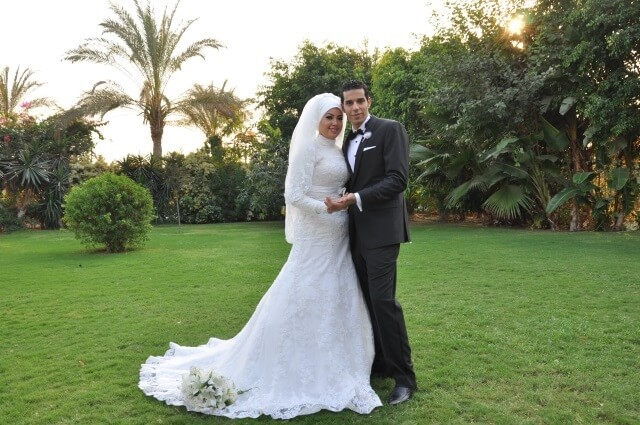


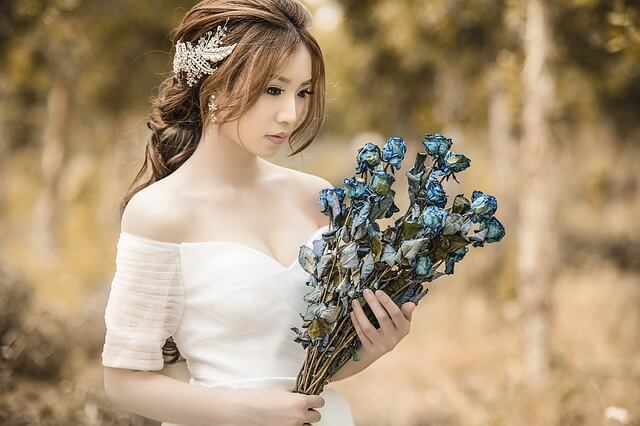
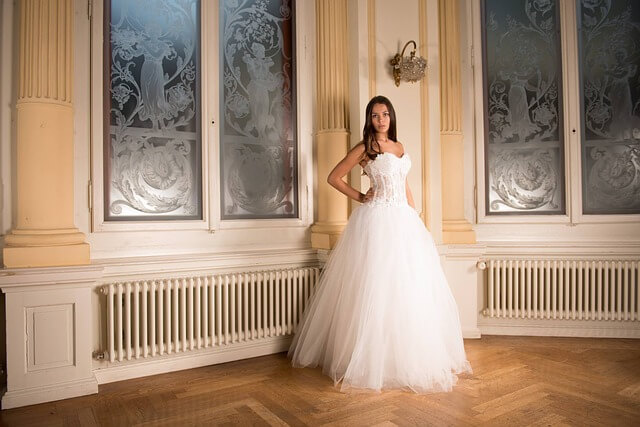



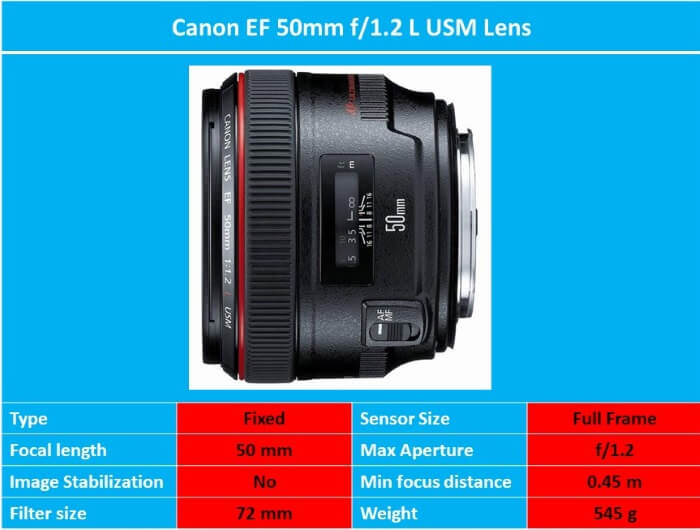
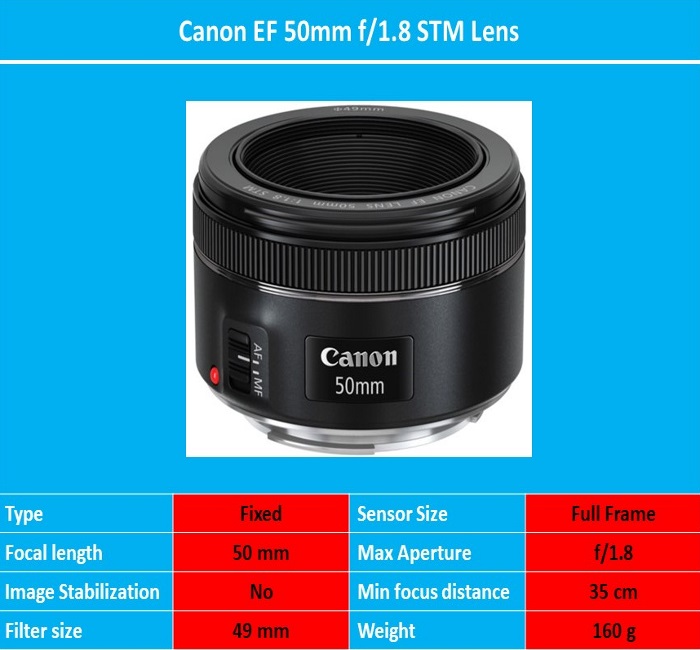

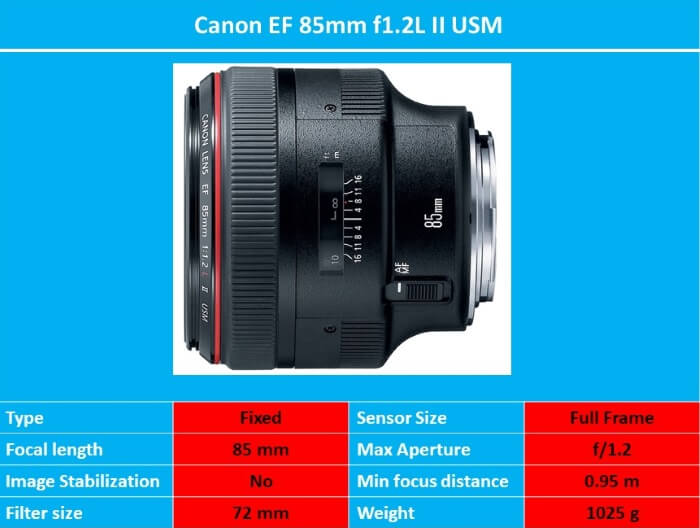


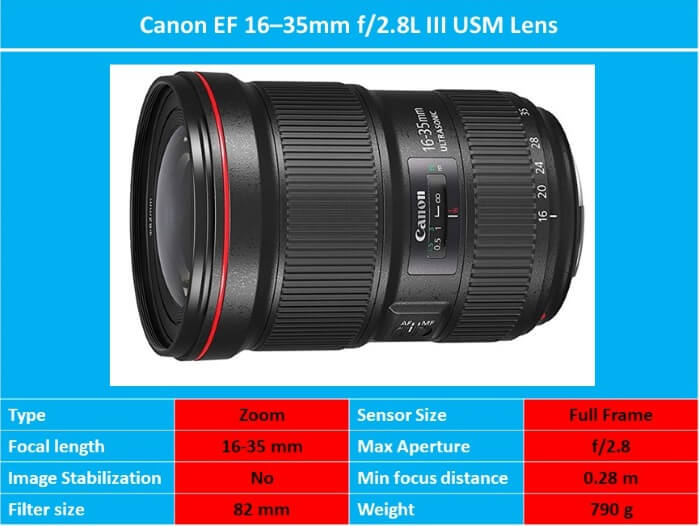


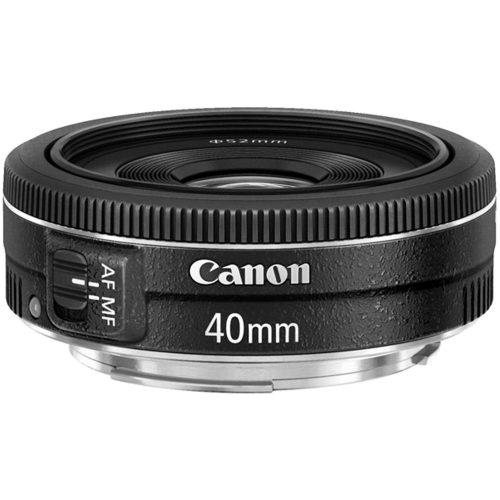
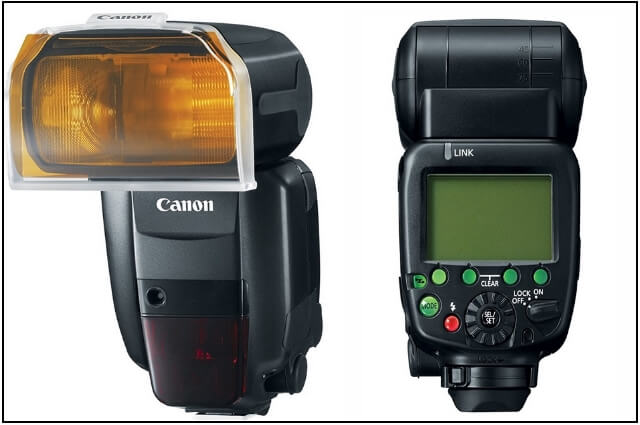



A well-detailed article, thanks for sharing this informative post.
You are most welcomed Scott! Glad that you liked it.
Canon lenses are super good and gives a very quality focus when taken from a strategic position. I think a lot of photographers use the canon lenses for their photography work and mostly for certain events like wedding events. I like a lense that gives a real stable focus which is not blunt.
Beautiful moments are moments which should not be lost and that’s what photographs can do. I made sure I captured every moment I cherished in the past, and once I set my eyes on my photo albums, it brings back all those moments. With your review, canon lens looks like something everyone should have. I will make sure I get one
Thanks for the comment